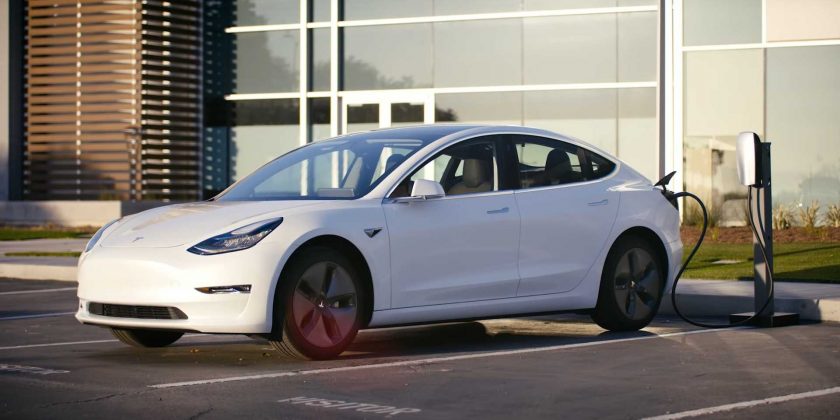As the general market collapsed, plug-in electric cars take a significant market share.
Before we move to May sales results, let’s take one more look at the European market, where – according to JATO Dynamics – sales decreased in April by 78% year-over-year to 292,600 (from 1.34 million in May 2019), which is the lowest monthly result since the 1970s.
In such circumstances, the share of the electrified car segment (xEVs – BEVs, PHEVs and HEVs) was inflated to 17% (from 7% in May 2019). The overall result of 50,400 xEVs (in 27-markets) is nothing fancy – just falling slower (by 46% year-over-year).
However, if we exclude conventional hybrids, the plug-in electric car sales were actually not that bad. Plug-in hybrids even managed to expand, but not enough to offset the decrease of all-electric cars.
Plug-in car sales in Europe – May 2020
Data for the 23-markets indicate that plug-ins are now a bigger segment than regular hybrids:
Felipe Munoz, global analyst at JATO Dynamics commented:
“EVs were already driving part of the small growth that remained in 2019. This year, as governments have acted quickly to protect their people and economies, EVs have gained even more traction and visibility due to incentives. These cars are likely to become the top choice for consumers seeking private transportation. OEMs who have invested heavily in EVs, are best placed to navigate the tough months ahead.”
The Tesla Model 3 (2,278), Renault ZOE (2,112), Volkswagen e-Golf (1,634) and Audi e-tron (1,289) were the top plug-in models in April (the only ones above 1,000).
Source: Read Full Article


